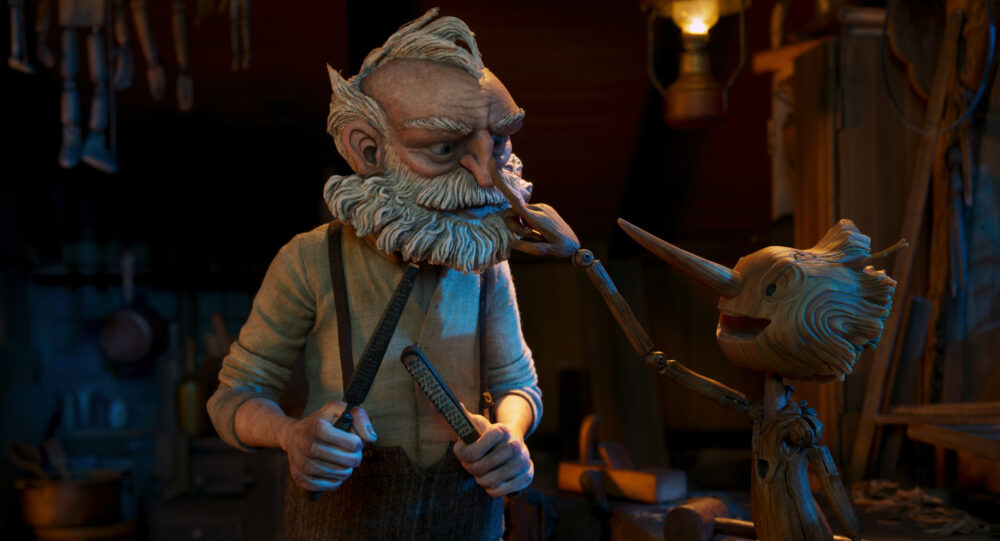***This article originally appeared in the January ’23 issue of Animation Magazine (No. 326)***
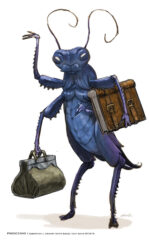
By all accounts, Guillermo del Toro’s Pinocchio has been in the works for over 15 years. “I always felt that Pinocchio is one of those handful of characters in the history of human storytelling that are capable of being universal and completely adaptable to anything,” says del Toro. “These are characters that, even if you haven’t read the story, you know the story — or you think you know the story. Therefore, you can use them as metaphors for many, many things. For this version of Pinocchio, I thought it would be a great tool to talk about how precious and fragile we are as humans, and how much we need each other. I wanted to find a way to tell the story in a way that was new.”
Del Toro and co-director Mark Gustafson, the brilliant stop-motion master whose credits include Fantastic Mr. Fox, Mr. Resistor and Meet the Raisins, wanted this new version of Pinocchio to be a story of disobedience. “Disobedience is a primal factor in becoming human and how becoming human doesn’t mean changing yourself or others, but understanding. I think the first step towards a conscience and the soul. It’s the difference between ideas and ideology.”
![Guillermo del Toro's Pinocchio [Animation Magazine exclusive courtesy of Netflix]](https://www.beta.animationmagazine.net/wordpress/wp-content/uploads/Pinocchio-Guillermo-Del-Toro.jpg)
Italy’s Dark Days
This notion is perfectly reflected in the feature’s setting, in Italy during the rise of Mussolini. “An idea is something that you construct from experience and compassion and understanding, but an ideology is something that is given to you and you’re told to obey it blindly,” says del Toro. “Those are things that help us craft the tale. Our very different backdrop illuminates a different type of paternal structure [seen] in the time of war or during the rise of Mussolini.”
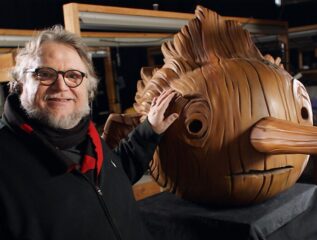
“There’s a moment in which the story changes very deeply for me,” notes del Toro. “Around 2009, I had to restart the screenplay with Patrick McHale from zero. Then, about five years ago, I lost my father, and that informed a lot of the depth of emotion of this movie for me. It brought home the thematic importance of how brief life is, and how important it is, and how we only have each other for such precious moments.”
Visual Inspirations
One of the key influences of the overall look of the feature were the drawings of artist and storyteller Gris Grimly (a.k.a. Steven Soenksen), who published his own take on Pinocchio in 2002. “I met Gris many years ago and heard that he was preparing a Pinocchio book,” recalls del Toro. “I am usually very skeptical about new interpretations. The key to doing a new Pinocchio is defining who he is and what he looks like. The moment I saw Gris’s drawing of Pinocchio, I knew that was the key to making a new version. Gris is an artist who has been active for a few decades and has a style all of his own, and his Pinocchio had this unruly, force-of-nature, undomesticated essence. He is also sort of casually cruel and too inquisitive. For me, that little drawing was essential: Form is function after all.”
The film’s meticulously crafted animation was produced by ShadowMachine, best known for its work on shows such as Robot Chicken and BoJack Horseman, at its Portland, Oregon studio. Del Toro’s Centro Internacional de Animación studio in his hometown of Guadalajara, Mexico, also contributed to the project. The film’s puppets were designed by the iconic English studio MacKinnon & Saunders, and Laika veteran Georgina Hayns served as the project’s director of character fabrication. (The Pinocchio puppet was made out of titanium and features numerous joints to provide it with a wide range of motions and naturalistic facial expressions, while still retaining his wooden toy qualities.)
!["Pinocchio" character full body views [exclusive c/o Netflix]](https://www.beta.animationmagazine.net/wordpress/wp-content/uploads/Pinocchio-Del-Toro-3.jpg)
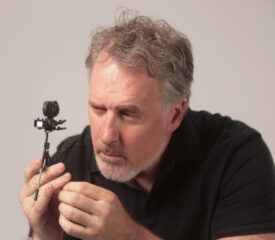
The animation director and his team helped bring naturalistic details to the world of Geppetto and Mussolini-era Italy. “There are so many details,” says del Toro. “When you see a tool is worn and it’s oily from being handled with hands, and you see Geppetto’s fingernails, they have been hammered and they’re a little coarse. And when you see the knuckles, there are calluses and blood concentrations.”
Die-hard del Toro fans can also find some whimsical throwbacks to his previous work. “Everything is an Easter egg,” he says. “We have inside jokes, like putting the Fawn from Pan’s Labyrinth in one of the windows, or little references to The Devil’s Backbone. I believe this movie is a companion piece: It’s the third movie in a trilogy with Devil’s Backbone and Pan’s Labyrinth. All three movies are about childhood and war.”
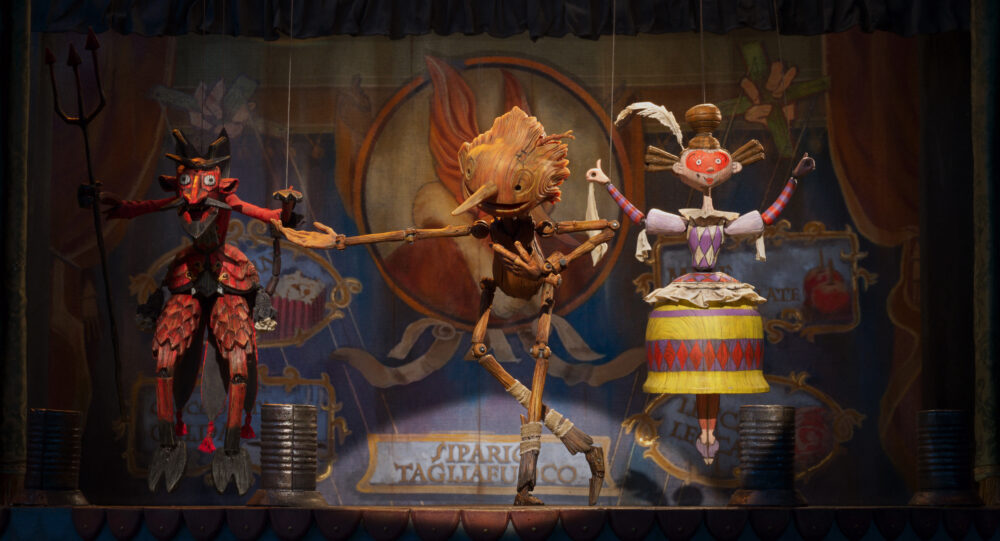
Collaboration and Evolution
Interestingly, the Oscar-winning director has described the experience of making Pinocchio as one of the best ones of his colorful career. He says the collaborative process was key to the success of the project, even if it meant making changes that would drastically impact the story and final results.
“I could agree or disagree, but the feedback was beautiful, and it changed everything,” del Toro says. “For example, we changed villains a week or two too late to do so … The original villain of the movie was Mangiafuoco, which is a different character that is big and burly. We were watching Count Volpe and I said to Mark, ‘Isn’t Volpe a much better villain, and a better design? Imagine Christoph Waltz playing this character!’”
So, they rewrote the script, and del Toro and Gustafson went to the producers and told them they were going to switch the film’s villain. “This switch, just so you understand, means that a puppet that was made for a few scenes, we’d now have to create 30 puppets for, for many scenes,” del Toro recalls. “It was a huge change, but creatively, it made sense. One of the things we celebrated was that we could let the material shape the story as we went along.”
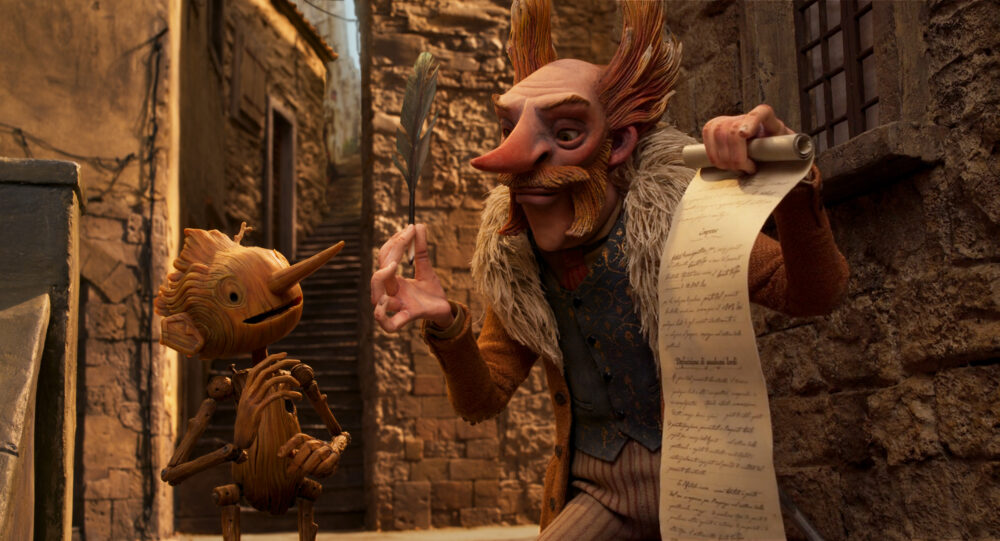
When asked about his favorite scene, Gustafson picks a quiet scene between Pinocchio and Geppetto in their village church. “I feel that’s the heart of the film,” he says. “The animation is so beautiful, nuanced and simple. It happens at the exact right time in the film which allows you to see these characters’ connection in a very real way, and it all pays off down the road. My hats off to the animators who made choices that were not obvious or cliches. This was not pantomime. Everything feels real and you can see it in their eyes.”
“Simplicity is the hardest thing to do,” says del Toro. “You need to have characters that are quiet, but alive with micro-gestures as they listen to each other. When Patrick and I wrote that scene in the church, I made the point of having Geppetto’s phrase be unfinished, because he’s trying to explain something that is very complicated to Pinocchio, but he stops because he doesn’t have the right words to finish it. The animators made that happen. They made this micro-flustering of Geppetto, and he decides to just change the subject.”
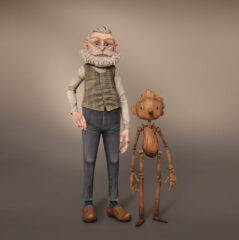
“Artistically, we are pursuing the integrity and complexity of the actors’ performances. We don’t rely on facile gestures or cheap posing. We could move the camera beautifully or do single shots that lasted quite a bit. We chose to do replacement animation only during a couple of instances, and then went back to mechanizing the puppets to retain that sacred connection between the animator and the puppet. The level of sophistication of the rigs that are under the puppets’ silicone skin is incredible. You basically have a miniature robot underneath the surface.”
Gustafson points out, however, that the tools were only in the service of creating the emotional reality of the characters. “They made what we were trying to do more possible and in some cases a little bit easier, but as soon as you do that you try to do something even more difficult,” he says. “I don’t think this movie was necessarily trying to push the boundaries of technology: We were aiming to raise the boundaries of emotion.”
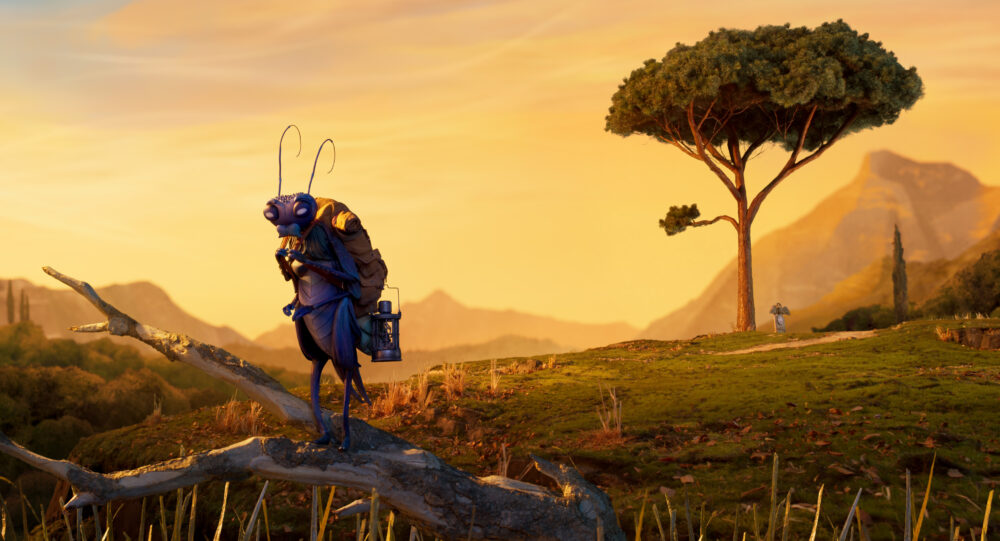
In short, del Toro and Gustafson are proud to have made this magical contribution to the history of stop-motion cinema. “I think that all the movies you make are one movie,” concludes del Toro. “The ideas that are expressed, eloquently and emotionally, again and again, tell the world part of a story that is never completed by one artist. The final lines in this movie are a summation of what I understand life is. It is so urgent, right now, for me to realize that totalitarian thought is so suffocating. We have each other for such a brief time. You can choose between fear and love in the way you relate to people. Everything turns around — if you look at it with love. I think that’s one of the urgent messages of the film.”
Guillermo del Toro’s Pinocchio premieres on Netflix on December 9.


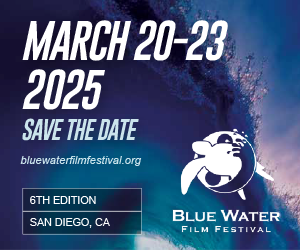

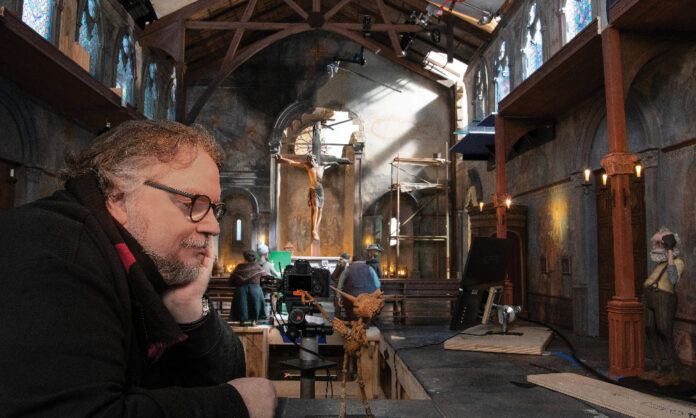
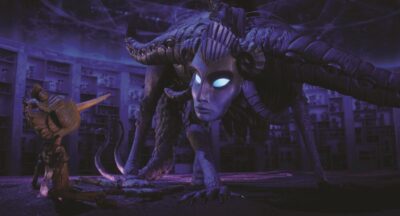

![Pinocchio maquette expression sheet. [Animation Magazine exclusive c/o Netflix]](https://www.beta.animationmagazine.net/wordpress/wp-content/uploads/GD-Pinocchio-Maquette-expression_sheet_v2_for_upload-293x240.jpg)
